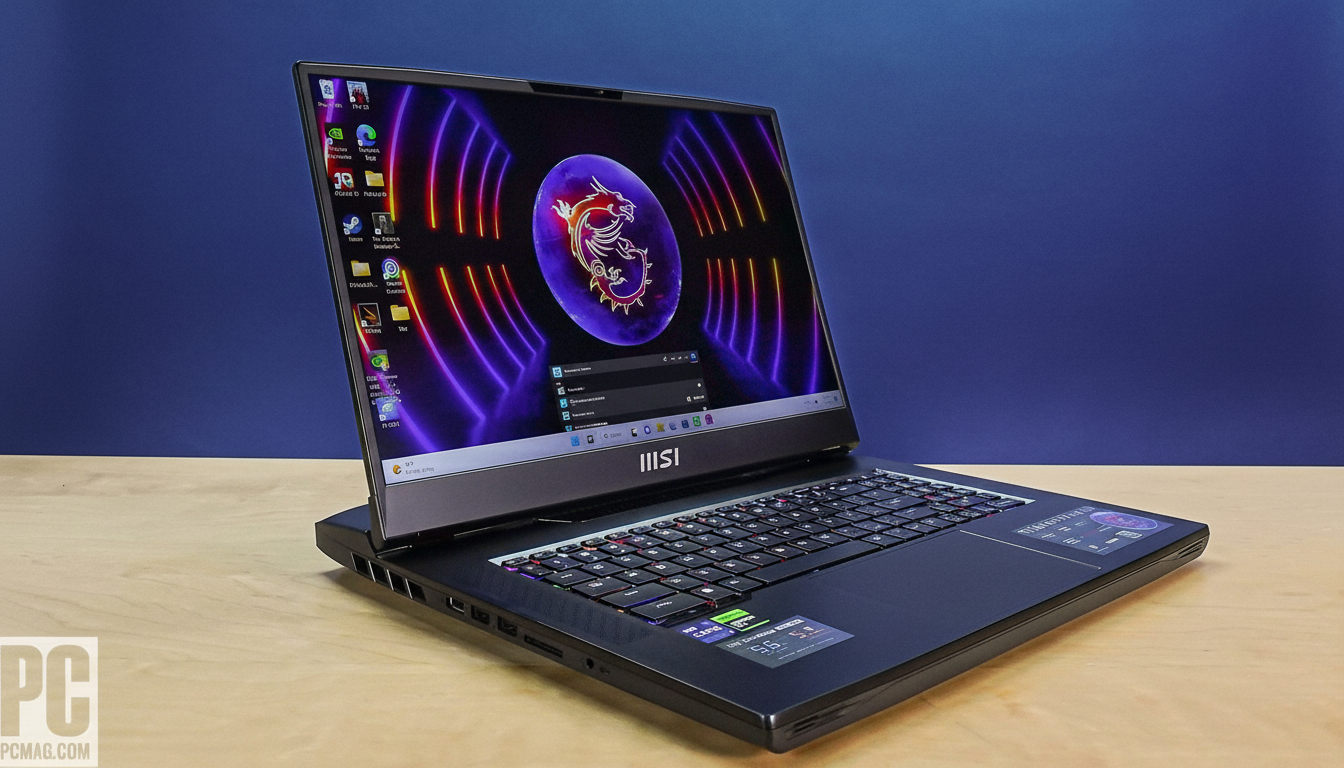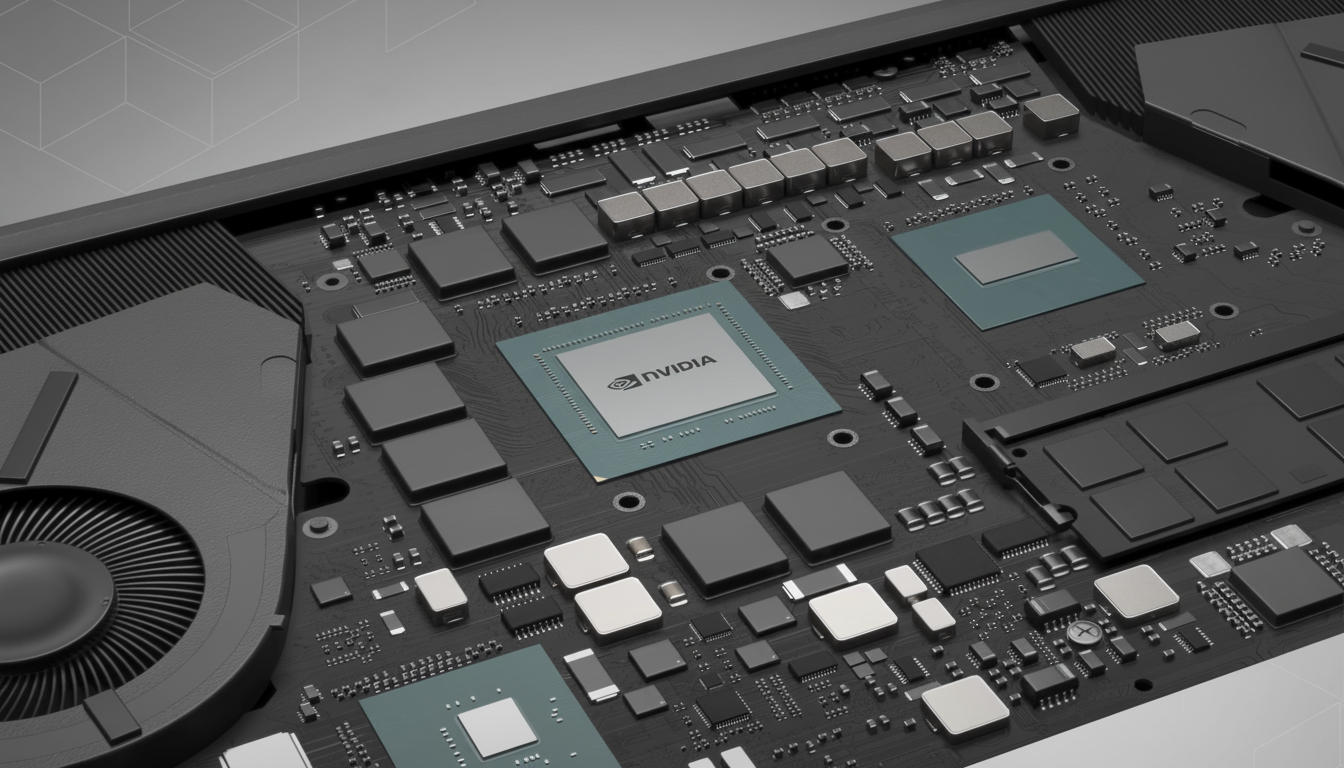A single-resistor shunt mod produces the effect and turns a last-gen gaming laptop into the performance equivalent of, and in some tests faster than, an average RTX 5090 laptop.
As spotted by VideoCardz, the community find (which was partially shared by a Reddit member and modder) demonstrates synthetic benchmark improvements of up to 36 percent after carrying out some delicate power-sensing hacking followed by a thermal refresh.

The Shunt Mod That Makes This All Possible
Current-generation GPUs control power through current-sense resistors (“shunts”) on the board. But instead of increasing the gigahertz- or teraflop-level quotient, you’re just tricking your controller into “seeing” less current than is actually flowing through the shunt by running a much smaller resistor in parallel to the stock one. In this example, the modder stacked a 1mΩ resistor on top of the 5mΩ shunt, significantly reducing effective resistance and releasing approximately an additional 40–45 W of sustained GPU power consumption in most scenarios.
This tech is an old hand in global desktop overclocking circles, with results logged by HWBOT and enthusiast forums, although it’s not a route often traveled with mobile products thanks to tighter thermal design power (TDP) envelopes, tighter VRM headroom, and tricky rework on compact multi-layer boards.
The Testbed And Thermal Prep Explained For This Mod
The effort was aimed at an Asus ROG Zephyrus M16 GU604VY featuring an RTX 4090 Laptop GPU, which we already know features strong power delivery as well as excellent cooling. The modder previously repasted the CPU and GPU with a PTM7950 phase-change pad, also upgrading VRM interface material, to try to stabilize temperatures under greater load—a requirement when pushing beyond 150 W+ Dynamic Boost windows that many premium 4090 laptops operate in, as per teardowns and testing from outlets such as Notebookcheck.
Mobile GPU performance depends on TGP and cooling policy significantly more than elsewhere. Unlike its desktop brethren, the power tier between various laptop versions is huge, and raising an artificial GPU power ceiling can shift the numbers considerably despite no architectural change.
Benchmarks: RTX 4090 Laptop Performance Catching 5090
With the shunt firmly installed, the laptop managed to score a 3DMark Speed Way result of 6,911—around +22% compared to stock for this exact model (+10% compared to the RTX 5090 laptop average in the 3DMark online DB). UL’s Steel Nomad improved by over 20%, and Solar Bay Extreme by over 35%, to 24,617. Uplift ranged from the mid-teens up to 36 percent, depending on how power-intensive the workload is.
That’s a product of just how much low-level power policy OEMs can bulk up between the silicon and battery. Although the 4090 Laptop GPU lacks some new-gen RT blocks and the bonus CUDA throughput of a 5090, just upping sustained wattage has been able to even or exceed typical 5090 laptop results in more than a few synthetics.

There are caveats. Features such as multi-frame generation on newer GPUs and updated tensor hardware can pull real-game performance back towards the 50-series for titles that rely heavily on advanced upscaling. It does, however, show the modded 4090 has a closer gap than one might imagine in very GPU-bound raster loads.
Power Trade-offs And Reliability Risks For Laptops
Nothing here is free. 40–45 W is a lot more power for those systems to handle, and it does make them run loud and hot even when properly cooled, while medium-quality thin-and-light chassis usually suffer VRM stress. You also take a hit efficiency-wise at the top of the voltage-frequency curve, so you are spending more watts per frame. Community-interest testing from forums like TechPowerUp shows diminishing returns past the midrange of a GPU’s stock power curve.
There are also safety and warranty issues. Any incorrectly connected shunt can overcome overcurrent protection, and any soldering on a laptop motherboard raises the potential for pad peel-off or “sleeper” failures. This is not recommended as an OEM/NVIDIA-approved method and will almost surely void support. If the thermal solution can’t strip away that extra heat, what were short-term victories could manifest as long-term throttling or early component degradation.
Why This Mod Is Important For Mobile GPUs
The results shine a light on a perennial truth about gaming laptops: at the same GPU tier, TGP and cooling policy typically dictate more performance than silicon labels do. Industry’s independent labs will register occasional 10–25% variance between “same GPU” laptops due to nothing but OEM power limits. This mod enhances that fact—uniting deterministically (albeit by a risky, manual process) the headroom still on the table.
It also suggests what even more ambitious vendor profiles might be capable of. For the high end, anticipate premium designs to keep chasing higher sustained wattage with vapor chambers, bigger intakes, and smarter fan curves, while software features such as DLSS and Frame Generation help counteract the efficiency penalty at the top end.
Bottom line: A well-executed shunt mod can enable a mobile RTX 4090 to run like a 5090 in certain tests—but we’re talking about a path for the skilled tinkerer who is comfortable proceeding along paths where real risk exists. So for everybody else, picking a laptop with a known-good, high-TGP implementation and excellent thermals still seems like the saner, if slower, path to near-flagship performance.

